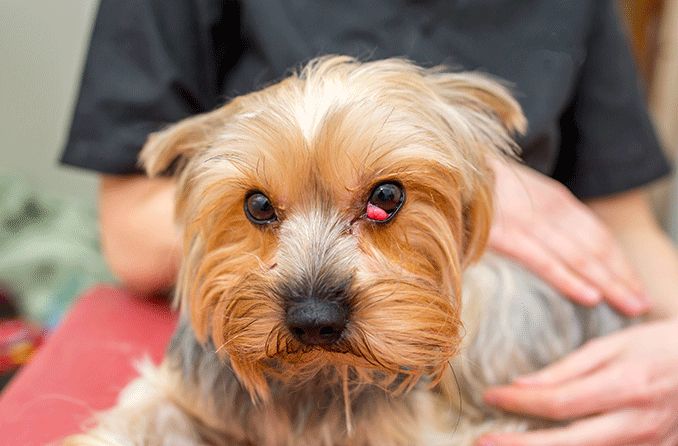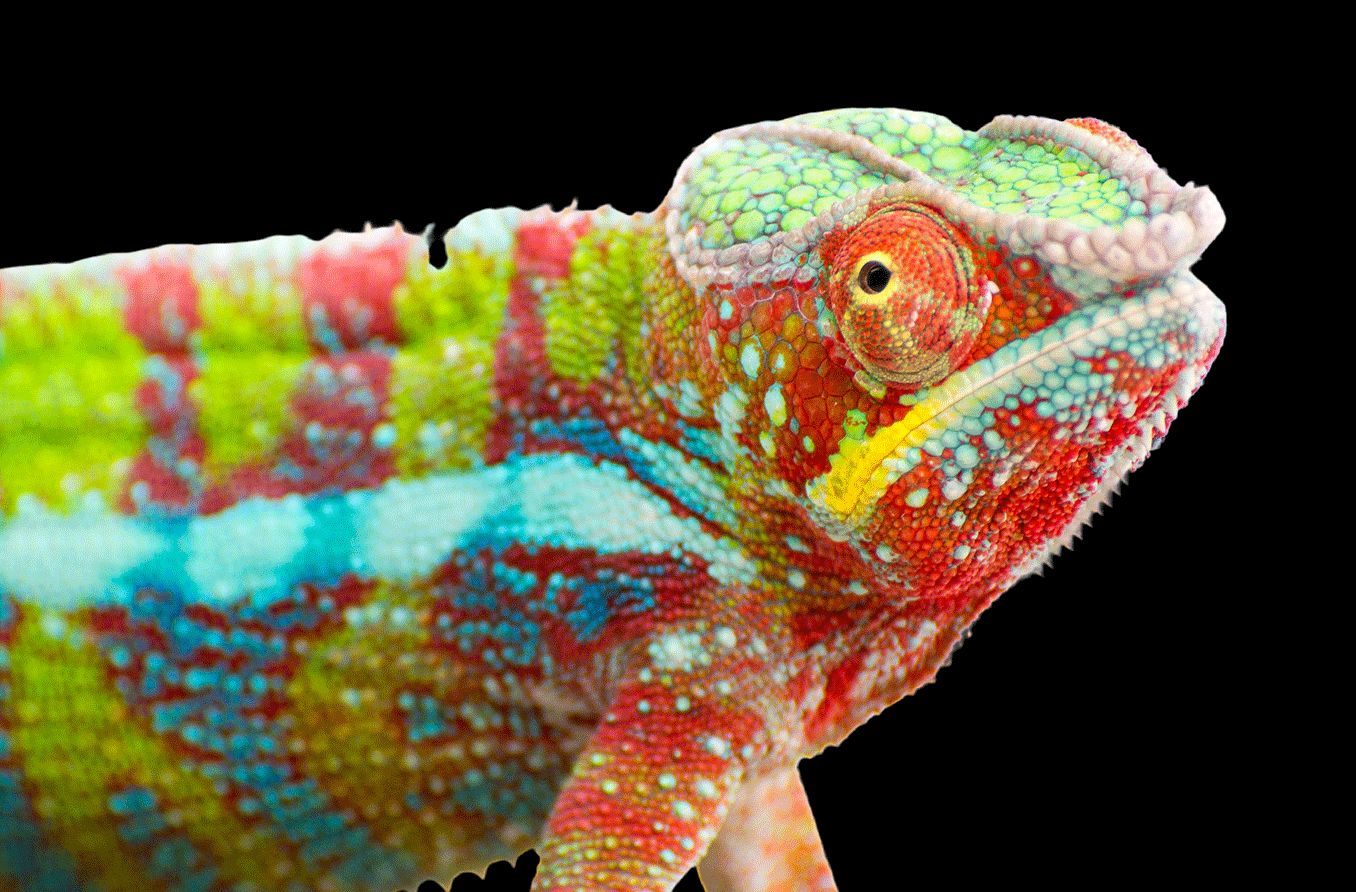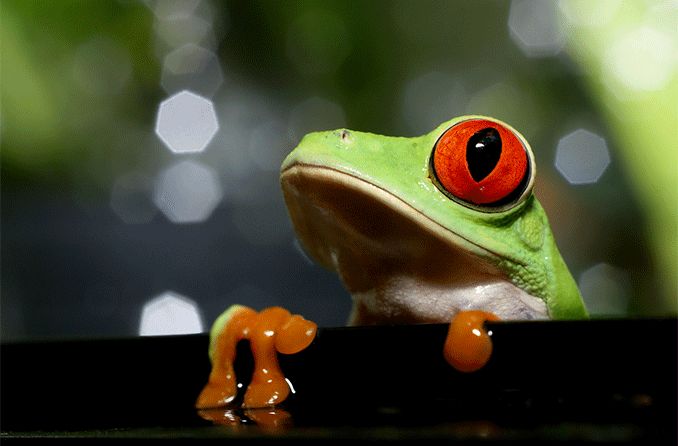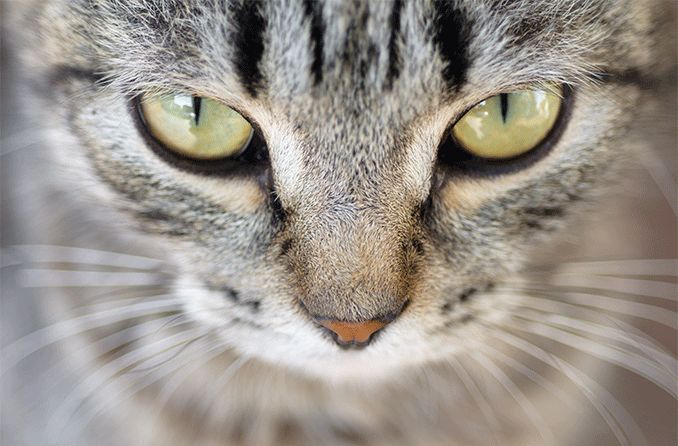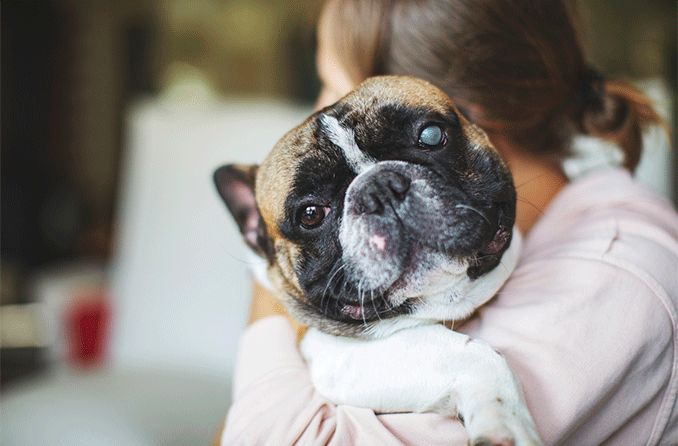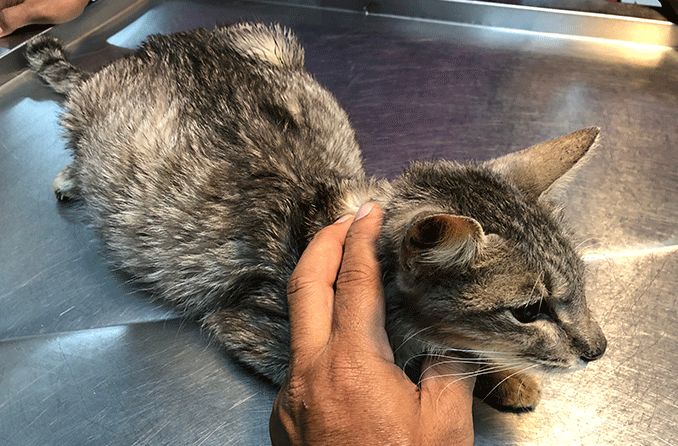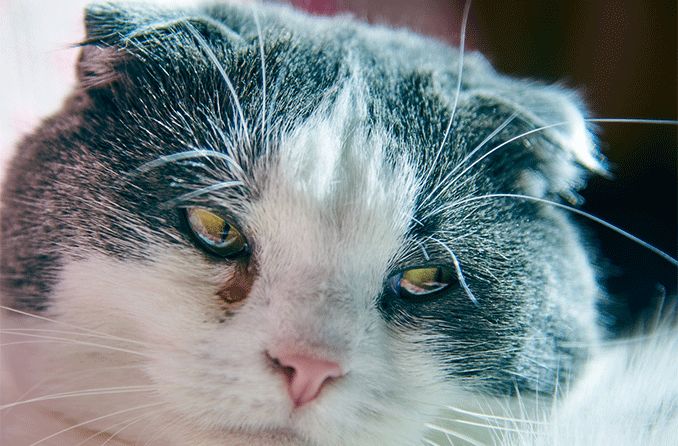Do dogs have a third eyelid?
Humans and animals have upper and lower eyelids to seal in moisture and protect their eyes from damage, debris, UV rays and bacteria. Dogs, cats and other animals also have a third eyelid, or nictitating membrane, that provides added protection even though it’s not visible under normal conditions.
Humans used to have a third eyelid too, but it shrank throughout evolution to become the plica semilunaris. Now a very small structure in the inner corner of the human eye, it helps keep tears drained and debris flushed from the eye.
In dogs, the nictitating membrane is located under the lower eyelid on the inner corner of the eye. Also called the haw or inner eyelid, a dog’s third eyelid has three parts:
- The thin protective membrane called the conjunctiva
- A T-shaped cartilage that forms a firm connective tissue
- A tear gland held in place by the T-shaped cartilage
A dog’s third eyelid extends across the eye to:
- Protect the eyes from scratches, especially if the dog is walking or running through brush or somewhere the eye may get scratched
- Keep the eyes moist by spreading tears across the eyeball. The nictitating membrane produces 50% of a dog’s tears
- Remove debris from the eye
The third eyelid isn’t visible in healthy, alert dogs unless the dog is sleeping or suddenly wakes up. Even though it’s hidden, the third eyelid plays an important part in keeping a dog’s eyes healthy and functional.
Why is my dog's third eyelid showing?
If a dog’s T-shaped cartilage turns upside down, their third eyelid will be pushed out and become visible. The exact reason why this happens is unknown, but hereditary inflammation is a cause for the majority of dogs who experience it.
Most of the time, your dog won’t have any issues with its third eyelid. However, if your dog’s third eyelid is showing, they could have one of the following issues or conditions:
Cherry eye
Cherry eye is the most common problem involving a dog’s third eyelid. When the ligament holding the tear gland ruptures, the gland is exposed. This can cause the tear gland to become swollen and bright (cherry) red. Cherry eye is most often treated with surgery to replace the gland.
Horner’s syndrome
This disorder affects the eye and facial muscles, usually on one side of the face, and can happen without warning. Signs of Horner’s syndrome include:
- Drooping eyelid and/or sunken-looking eye on the affected side
- Visible third eyelid that may look red and raised
- Trouble eating on the affected side and/or excessive saliva
There are many potential causes for Horner’s syndrome:
- Damage to the sympathetic nerves that control functions such as blinking
- Side effect of medication
- Trauma to the head
- Bite wounds
- Middle or inner ear disease
- Herniated disc
- Growth pressing on a nerve
Horner’s syndrome usually goes away on its own in a few weeks or months, depending how serious it is. It can also be a symptom of an underlying health problem, and your dog may need one or more diagnostic tests, such as an eye and ear exam or X-rays, to find out.
Conjunctivitis
Conjunctivitis, also known as pink eye, can occur in dogs as well as people. It has many causes, such as:
- Virus
- Allergies
- Trauma to the eye, like a scratch
- Foreign body in the eye, such as a seed or blade of grass
- Dry eye
Common symptoms include:
- Red eyes
- Swelling around the eyes
- Discharge from the eyes (cloudy, yellow or greenish)
- Squinting
- Excessive blinking
Poor health
The third eyelid may also be visible in dogs suffering from:
- Malnourishment
- Dehydration
- Excessive weight loss
- Abnormally small eyes
- Relaxation of the muscles that keep the third eyelid retracted
- Eye pain
How are third eyelid issues treated?
Treatment for a dog's third eyelid issue primarily depends on the cause. Some of the most common treatments include:
- Removal of debris or foreign object, such as a blade of grass, by flushing the eye and/or using ophthalmic forceps
- Suturing of larger cuts (smaller cuts may not need stitches)
- Surgery for conditions such as cherry eye (third eyelid prolapse) and scrolled cartilage (cartilage eversion)
- Topical and/or oral medications to treat inflammation and infection
Depending on the intensity of the corrective procedure, after-care will likely include antibiotics and pain relievers.
SEE RELATED: What eye drops are used for dogs?
Are certain breeds more likely to have a protruding third eyelid?
Any age, gender or breed of dog can suffer from a protruding third eyelid. It often happens the first time in dogs that are five years old or younger, and only in one eye.
A protruding third eyelid is more common in breeds that have a short muzzle and a flattened face because these dogs have a small eye socket and prominent eyeballs that the eyelids don’t cover well. These breeds include the American cocker spaniel, beagle, Lhasa Apso, Pekingese and English bulldog.
Large and giant dog breeds, such as Great Danes, Weimaraners, German shepherds and Dobermans, can suffer from third eyelid cartilage eversion (also called scrolled cartilage).
This is when the cartilage of the third eyelid is deformed and usually folded out and over, toward the lower eyelid, rather than flat onto the eyeball. The deformed cartilage looks like a scroll or a ram's horn and is often easy to see. Your dog will need surgery to remove the deformed cartilage.
When to contact a veterinarian
A protruding third eyelid doesn’t hurt your dog, but it needs to be addressed to prevent other potential eye problems, including dry eye. Your dog needs the tears produced by the nictitating membrane to help flush debris, dust, pollen and other pollutants out of their eyes. Without enough tears, your dog is more susceptible to eye infections and other eye issues.
It’s normal for your dog’s third eyelid to show from time to time. But if it doesn’t retract, or if it looks red and inflamed, it’s time to call your vet.
READ NEXT: The anatomy and function of a cat's third eyelid
